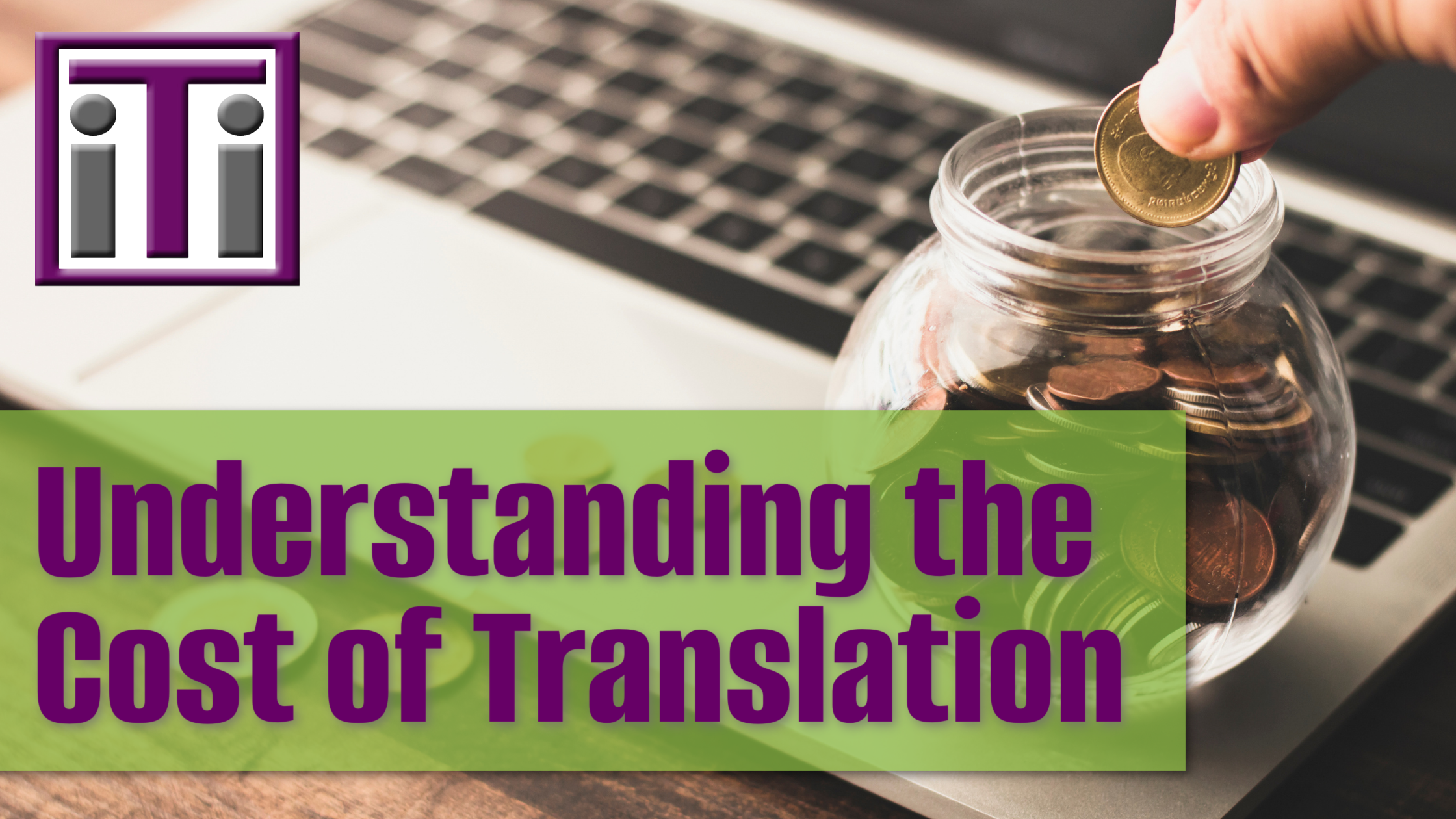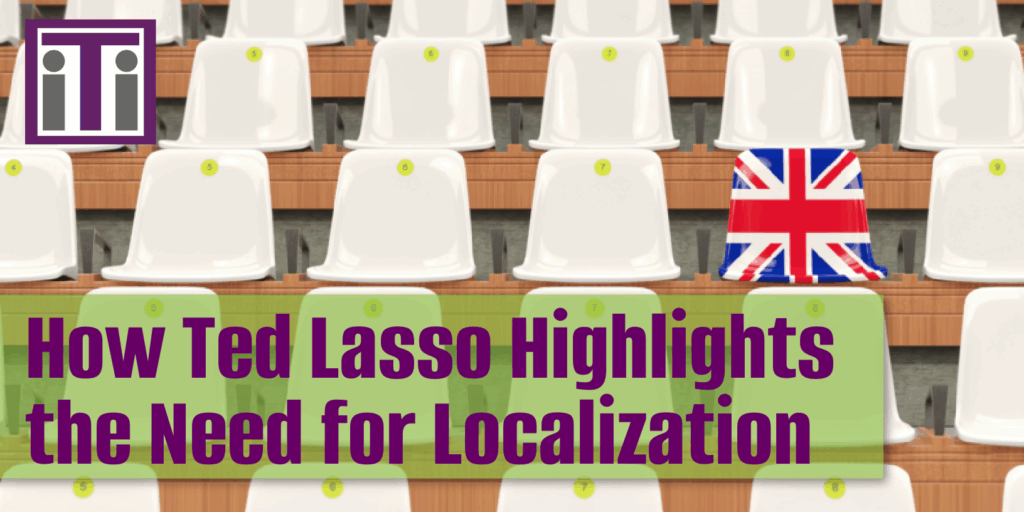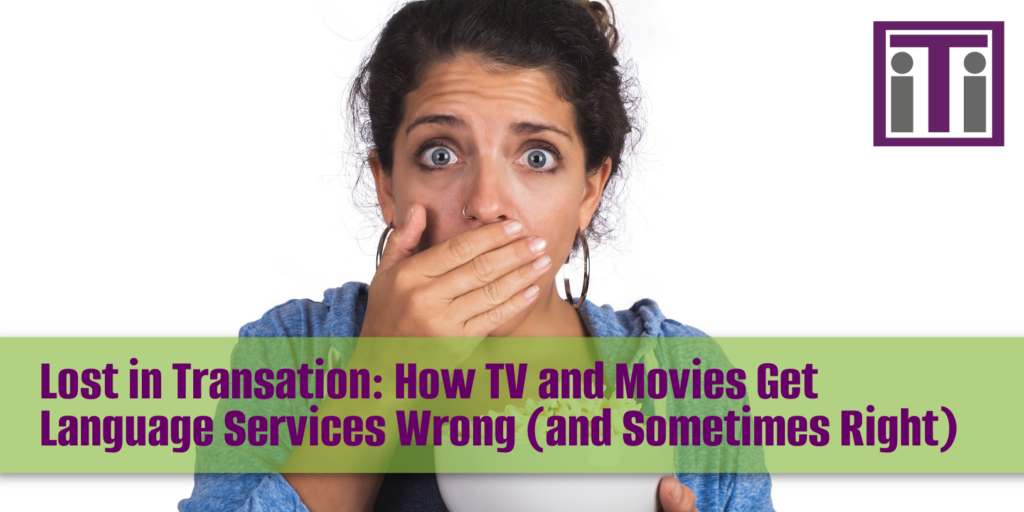Understanding and Optimizing the Cost of Translation for Your Next Project
Reading Time: ~3 mins

When embarking on a global venture, you are bound to encounter language barriers. In an increasingly diverse marketplace, professional translation services have become necessary for successful communication and marketing. But understanding the factors that can affect translation cost can be overwhelming. This article aims to demystify these costs and provide strategies for maximizing your budget.
Optimizing your translation process is an investment. It not only helps control costs but also enhances the effectiveness of your global communication strategy. With the right knowledge and strategy, you can get the best value out of your translation budget.
Factors Affecting the Cost of Translation:
Language Pairs
Certain languages are more common and thus cheaper to translate. For instance, translating English to Spanish is often less expensive than translating English to Icelandic, due to the availability of translators.
Complexity and Specialty of the Content
Texts requiring specialized knowledge, like medical or legal documents, can be costlier to translate as they require expert translators familiar with the subject matter.
Urgency
Rush jobs with short turnaround times that require translators to work outside normal business hours may come come with premium translation rates.
Volume of Content
The greater the volume of content, the higher the translation cost. However, a higher number of words often means you can negotiate a better price per word or per hour.
Quality of Original Content
Poorly written original content can increase the cost, as translators will need to spend more time understanding and clarifying the text.
 Tips to Save Money on Your Next Translation Project:
Tips to Save Money on Your Next Translation Project:
Plan Ahead
Good planning helps avoid rush charges and gives your document translation provider the time needed to do a quality job.
Use Translation Memory Tools
These tools store and recall translated phrases or segments, reducing the time and cost for future translations.
Simplify Your Content
Avoid jargon, acronyms, and complex phrases where possible. Simplified content is faster and cheaper to translate and usually leads to fewer errors.
Leverage Machine Translation
While not always appropriate, for large volumes of content that don’t require perfect accuracy, machine translation can be a cost-effective solution. While the use of these tools is becoming more popular in the translation industry, it is recommended that professional translator review and edit all materials that have been translated using an artificial intelligence tool.
Consider Long-Term Costs
If there is any possibility that translated materials could become relevant in a legal matter, you may want to consider some “insurance.” Ask whether your language service company offers certified translation and, if so, what that certification guarantees. Although it will likely incur an additional cost, if it means that the translation company will attest to the accuracy of the document in a legal proceeding, it may be worth it.
Regularly Review Your Translation Agency
Regularly review your Language Service Provider (LSP)’s performance. If they’re not providing good value for the cost of translation, it might be time to shop around.
In Summary
Understanding the factors affecting the cost of translation and employing strategic methods to optimize your budget can make a substantial difference in your outreach efforts. It’s about striking the right balance between cost, quality, and efficiency to ensure your message is effectively communicated in every language.
We’d love to talk to you about your next translation process or any other language solution your business might need. Use the link below and a language services expert will be in touch or call us directly at 860.968.6782.
| Talk to an Expert |





